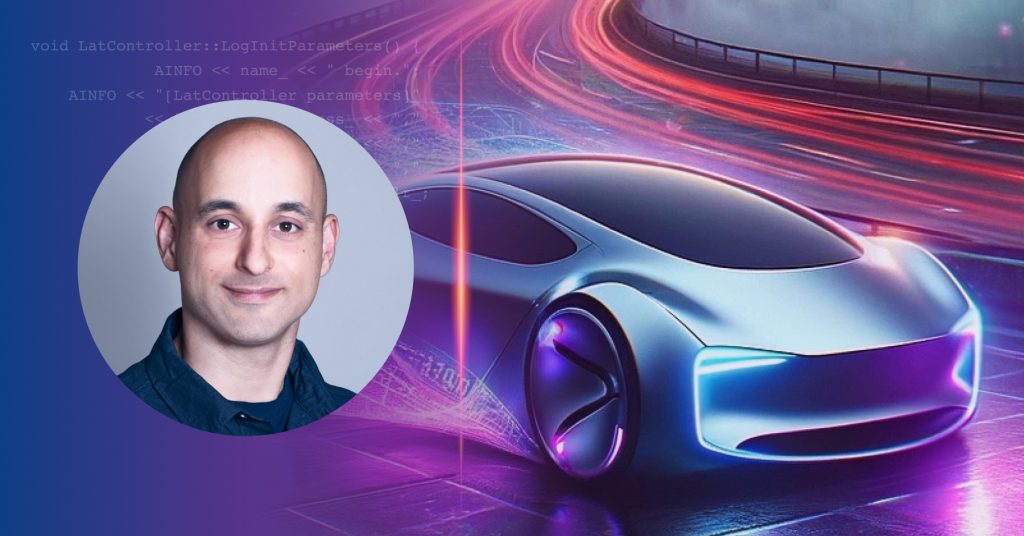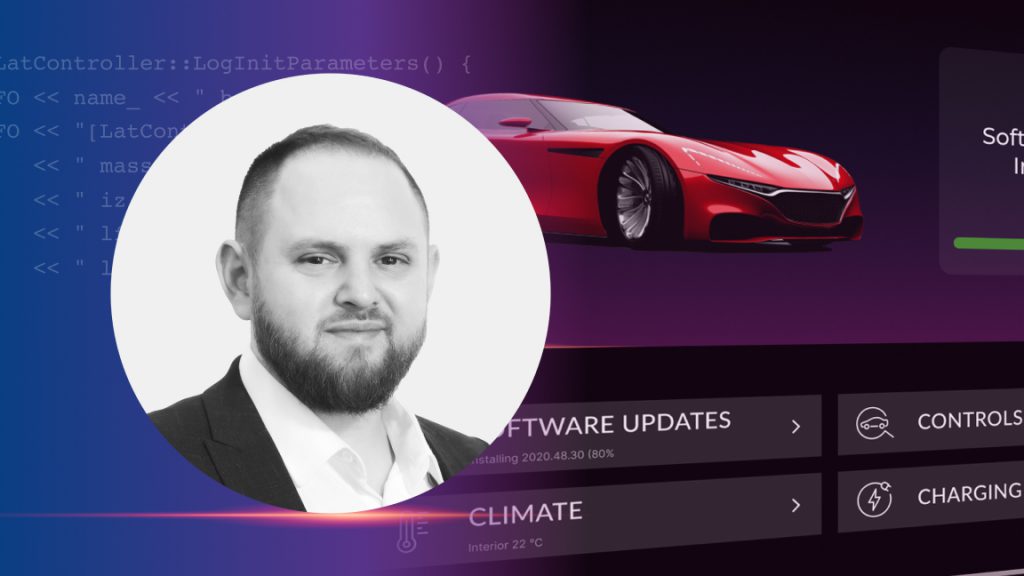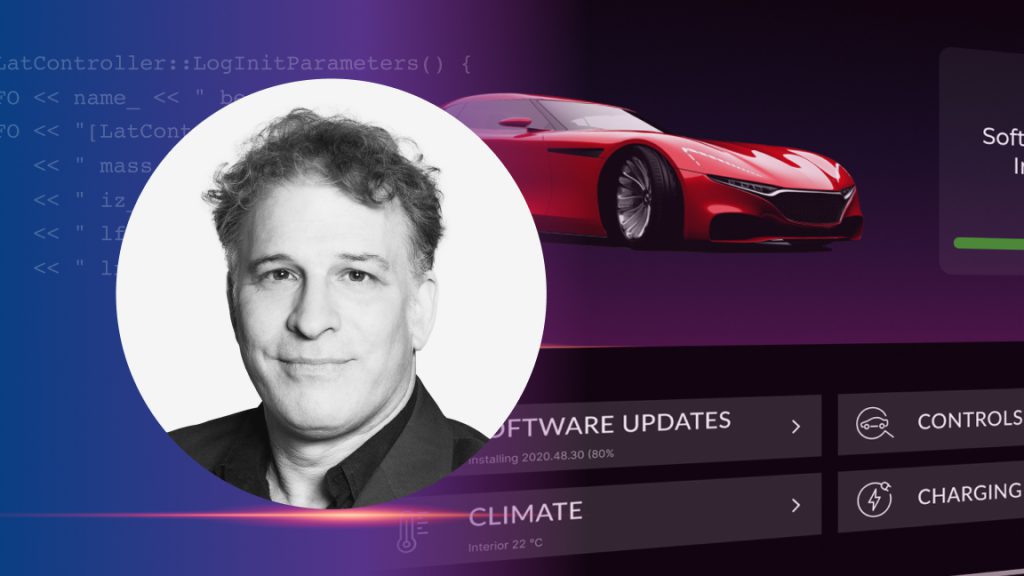It used to be the mechanical details of a vehicle that made it stand out. Buyers wanted to know who had the best engine, which four-wheel-drive system was superior, or simply which was going to be the most reliable in bad weather. While these things still matter, times change, and OEMs are looking for new ways to differentiate themselves from the competition.
In the last decade, there’s been a clear shift in the automotive landscape. We’re seeing new propulsion types, the rise in autonomous abilities, and a level of connectivity that feels like it’s straight out of science fiction. Consumers want to know if a car will park itself, whether an over-the-air (OTA) update will make it go faster, and which new advanced driver-assistance systems will keep them safe behind the wheel.
All these innovations rely on one common factor; software — and for new energy vehicle (NEV) startups, in-house development has been crucial from day one. Legacy manufacturers are racing to catch up.
Software as a competitive differentiator
With the average vehicle containing around 150 million lines of code, the software makes up a large part of a car’s value — dictating new features such as gesture control, self-driving abilities, and voice interaction. With the likes of Tesla and NIO leading the way with software, many other automotive OEMs are looking for ways to bring their development in-house. This would not only improve time to market but also offer clear differentiation from competitors.
These changes won’t happen overnight, though, as digital transformation of this scale takes time. Our recent Automotive Software Survey showed the majority of respondents predict that 10-25% of vehicle software will be produced in-house by mass-market manufacturers in 2025.
Consumers expect OTA updates
Most buyers think of Tesla when it comes to OTA updates for a good reason. The electric-only manufacturer has been building these capabilities into their cars since the launch of the Model S in 2012. Other automakers have struggled to keep up, though most now offer some form of basic OTA updates.
What is still setting NEV companies, such as Tesla and NIO, apart is the type of updates they offer. Most manufacturers can update the software on the infotainment systems but those leading the charge can also administer OTA updates to the safety-critical systems. This means being able to make adjustments and upgrades to more complex systems such as braking, steering and ADAS. Legacy manufacturers will struggle to do more than update the navigation and infotainment systems with their current development processes and OTA update solutions.
Data from Statista shows the value of the worldwide OTA update market could be as much as $7.5 billion by 2025, meaning it’s not an area automakers can ignore. To keep up with consumer demand and not be left standing by NEV powerhouses, OEMs are looking for ways to quickly increase the capabilities of their OTA updates and launch new features. Bringing everything in-house is the clear solution but this will take time, meaning OEMs will continue to work with tier-one suppliers.
Managing the transformation
Using these suppliers is still necessary for most manufacturers but the benefits of in-house software development can’t be ignored. It can help keep costs down, fast-track delivery, and protect against cyber vulnerabilities but there’s a solution for OEMs who still need to outsource some elements of their software development: Vehicle Software Intelligence.
The key to working with suppliers is visibility. It’s important to understand the bigger picture of inter-dependence and operability between elements developed by different vendors. Aurora Labs’ Vehicle Software Intelligence is an AI layer that is used by OEMs in their software development efforts and the way they manage suppliers.
One challenge, for example, is software dependencies. When OEMs rely on third parties for their development needs, it’s easy to lose sight of how different systems hang together. With a Line-of-Code Intelligence solution, manufacturers to get a better view of the system as a whole. This allows developers to keep an eye on the thousands of inter-related functions and capabilities to better understand the potential effects of new features and conduct OTA updates with confidence.
With 77% of respondents to our 2021 Automotive Software Survey stating that the trend towards in-house software will increase, it’s clear that automakers have some work to do. The development of software needs to be treated as a strategic move by OEMs that want to stand out as the demand for software-defined vehicles continues to grow.
Want to learn how to apply Vehicle Software Intelligence to your software? Contact us.









 11 min read
11 min read
